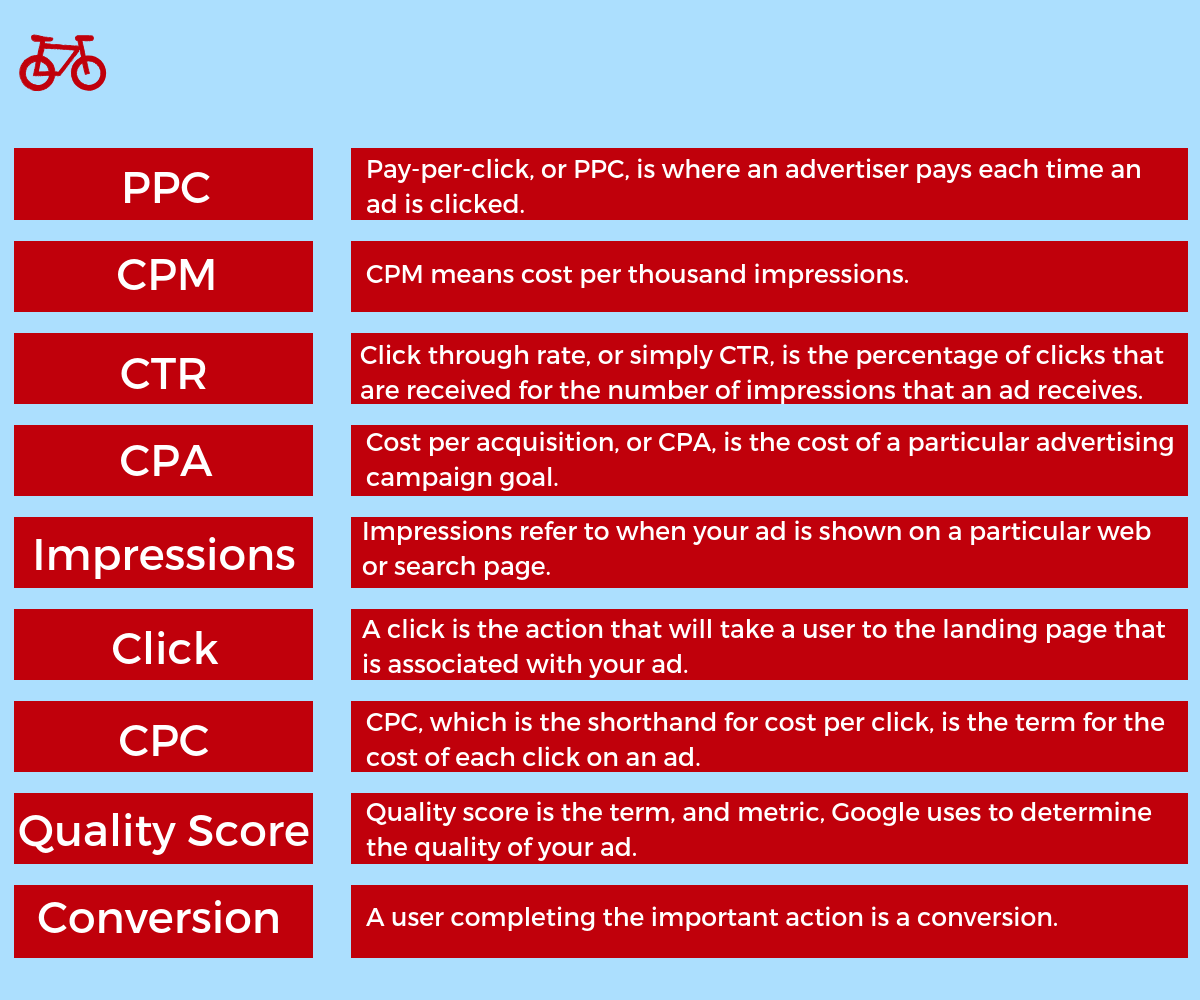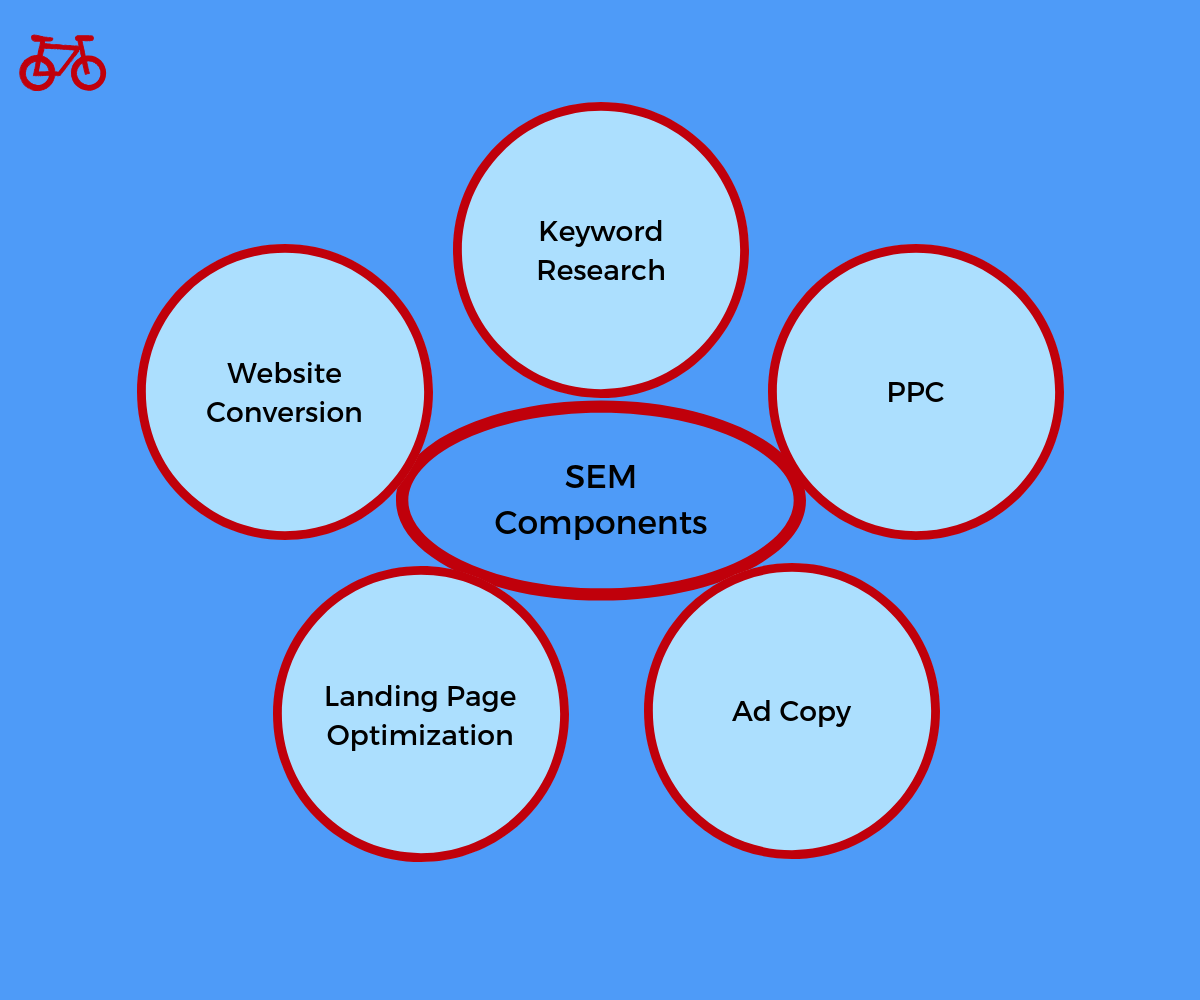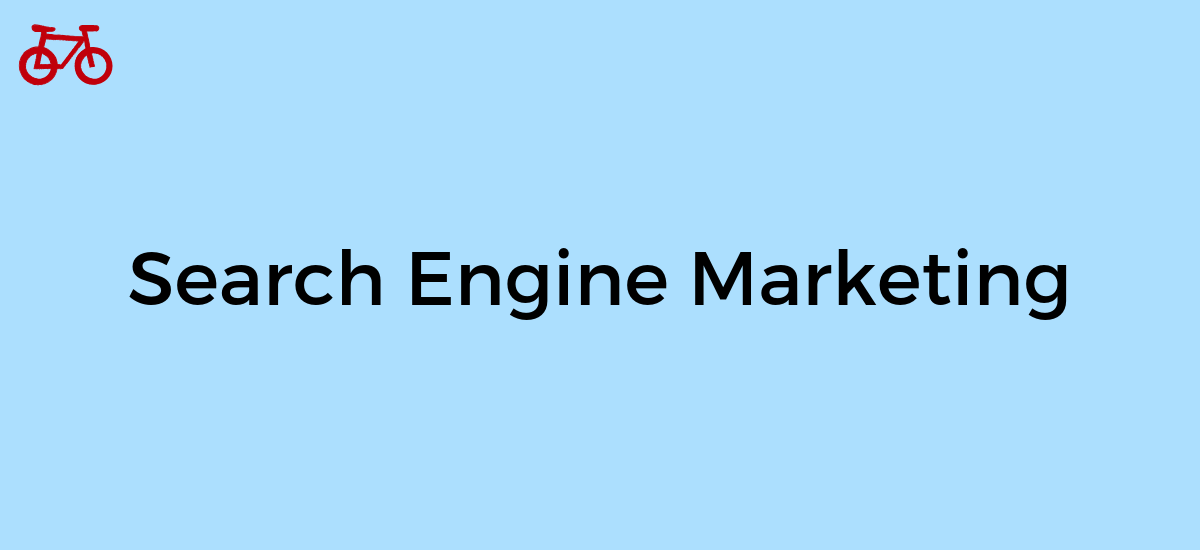Google. Bing. At one time Yahoo. All the gate keepers to our traffic. Some traffic you can capture organically. Other traffic you have to pay for. The paid traffic is the topic of today’s discussion. What it is and an overview to understand its details. This is search engine marketing. Or simply, SEM.
It is the paid search traffic we seek and how it relates to our entire strategy to acquire it.
Below is an overview of SEM and information to understand it further.
What is Search Engine Marketing?
Search engine marketing (SEM) is a website traffic generation strategy that is paying for ad space on search engines. This is usually done by bidding for advertising space based on specific keyword search.
SEM refers to paid traffic acquisition. Not to be confused with search engine optimization, which refers to organic traffic acquisition. The two do work in conjunction, but together they are referred under the umbrella concept of search marketing.
To further understand SEM, we will look at common terminology, its components, and some of the common channels.
SEM Basic Terminology
SEM has many concepts and terms to begin to understand the area of marketing. As SEM relates almost exclusively to paid traffic acquisition, all the terms are related to online advertising.
To begin to be familiar with SEM, here are a few of the common terms that are used.

PPC
Pay-per-click, or usually just referred to as PPC, is a common online advertising payment model. PPC is where an advertiser pays each time an ad is clicked. Essentially, this is how a website owner purchases traffic to their site.
This is one of the bidding models advertising can use when planning their search engine marketing strategy.
CPM
CPM means cost per thousand impressions. This is a model where an advertiser bids on advertising space based on the number of times the ad is seen. The ad being seen is considered the impression. Then, the bid of the ad placement is based on this impression.
CTR
Click through rate, or simply CTR, is the percentage of clicks that are received for the number of impressions that an ad receives. Meaning, it is the number of clicks divided by the number of impressions.
This is typically a sign of how compelling an ad is. It is one metric used to determine the performance of an ad.
CPA
Cost per acquisition, or CPA, is the cost of a particular advertising campaign goal. This can either be a content download, a demo booked, a purchase made, or a sign up to a service.
The acquisition is the goal that is important to that campaign. CPA is how much it costs to achieve that goal.
Impressions
Impressions refer to when your ad is shown on a particular web or search page. An impression can be counted either when a page is loaded. Or, it can be a viewable impression. Meaning, an impression only happens when the ad can actually be seen on the page.
Impression is the term that is used for an ad being shown on a web page or a search results page.
Click
A click is the actual click a user makes on your ad. This is the action that will take a user to the landing page that is associated with your ad. This click is what will turn into a page visit on your website.
A click is the term that is used for user to take action on your ad. It is the term that is the basis for PPC advertising bidding.
CPC
CPC, which is the shorthand for cost per click, is the term for the cost of each click on an ad. CPC is a cost that varies by platform. It varies by keyword and how competitive the keyword is. It also depends on the quality of your ad and landing page. Meaning your quality score.
Quality Score
Quality score is the term, and metric, Google uses to determine the quality of your ad. This ultimately determines how often Google will show your ad. So, it is a predictor of how many impressions you will get and of the overall quality of your ad.
Most platforms have some variation of this term. It can be quality score, relevance score, or something else. Either way, there is some way to determine the quality and relevance of an ad. Which then determines if it will be shown.
Conversion
Conversion is the important action that you identify. Then, a user doing that action. A user completing the important action is a conversion. The conversion can be anything from a content download to a purchase. It is entirely dependent on what is important for your business.
These are just a few of the key terms that you should know regarding SEM. There are far more terms, and each of these needs deeper understanding to fully understand search engine marketing. But, this will provide the first step and overview of the necessary things to know.
Components of SEM
Understanding the area of SEM helps to better plan an SEM strategy, to decide what areas to focus on, and what can be controlled and achieved with SEM.
To better focus on what is needed in an SEM strategy, focusing on the foundation is the first step. The following are the initial components to focus on.

Keyword Research
The first component of any SEM campaign is doing keyword research. This is determining the search terms that are important to your business. Then, targeting those keywords. Keeping in mind that these keywords need a certain volume of search traffic. They have to be keywords that will generate conversions.
This takes a level of research, creativity, and understanding of your business to make good decisions. Keywords, and their research, are the foundation to your SEM success.
PPC
PPC, which is a fundamental concept in a paid search campaign, is an area that needs focus to get right. This means optimizing campaigns to get better CPCs, conversions, and more impressions.
PPC is the overall mastery of this bidding format. Which, is the primary method most search platforms use.
Website Conversion
After the first steps of keyword research and optimizing the PPC portion of the campaign is accomplished, working on website conversion is the next step.
That means identifying the conversion path of a visitor on your website. Then improving that path such that your conversion rates go up. Ultimately making your search engine marketing perform better.
This stage requires significant A/B testing to determine the best performing website structure.
Landing Page Optimization
The page that a user lands on directly from an ad on a search network is the landing page. Optimizing this page for conversion is crucial. That can be a click to another page or filling out a form directly on that page.
Improving this conversion comes from extensive testing. Then, the result of your testing is your optimized page. Which, can translate into significant improvement in your campaigns.
Ad Copy
Another component of your SEM strategy is the ad copy itself. The ad copy is the words and phrases you use in the ad. It is the written language on the ad itself.
This affects your CTR and the quality of your ads. It provides significant opportunity to increase the share of impressions you receive. Also, it is one of the key areas that can increase the amount of traffic you get.
These are some of the common and important components of your search engine marketing strategy. It is not an exhaustive list. Nor does it provide everything you need to know about each component. But, this will provide the right overview and get you started in the right direction.
Common SEM Channels
Now that we have a basic understating of our paid search efforts, it is time to take a look at some of the common channels where we should focus our efforts.
The channels we have at our disposal can be both global and local. Here, we will take a look at the global channels, which are the most common channels for paid search.
Google AdWords
Google dominates search. It could be argued that it owns the internet. Thus, it is the most common paid search channel. If you only choose one, Google will be it.
The paid search arm of Google is Google AdWords, which is their extensive advertising platform. It provides detailed targeting and extensive analytics.
Google AdWords should be a core element to your SEM strategy.
Bing Ads
The second most popular search engine is Bing. Although it is not a close second, it is the second largest option search engine marketers have at their disposal.
Bing Ads, which works similar to Google AdWords, is the advertising platform for Bing. If you are looking to expand your SEM strategy, this is a good place to expand to.
Google Shopping
Google Shopping is the most common advertising platform for eCommerce retailers. It appears in search results, as well as acts as its own shopping platform.
For eCommerce or retail search engine marketers, Google Shopping is the number one place to turn to.
Bing Shopping
Bing Shopping, which is not the largest shopping network, is another search channel for eCommerce and retail search marketers. It acts similar to Google Shopping and the Google advertising network.
As you expand your paid search strategy, this is a good place to expand to.
These are just a few of the most common paid search options. If you are looking at an international marketing strategy, individual countries can have their own local players. Like Baidu in China and Naver in Korea. For starters, the above will be enough to have your hands full.
SEM is the paid search strategy marketers have at their disposal. Depending on budget, strategy, and experience level, you can decide on the channel and tactics that work for your business. This is an overview of paid search and can lay the foundation for developing an effective paid search plan.
